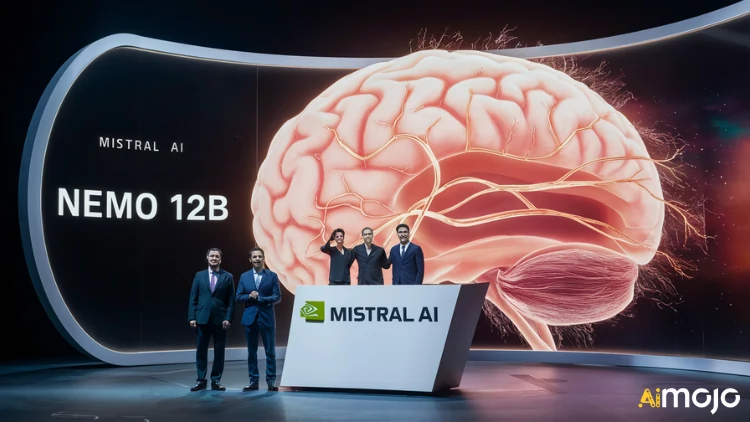Deep Cogito has unveiled Cogito v2, a suite of open-source models that aren’t just bigger—they’re smarter. These new models, ranging from 70B to a massive 671B parameters, aren’t simply designed to reason longer—they’re designed to reason better.
Rather than just expanding the time spent thinking at inference, Cogito v2 internalizes its own reasoning patterns using a method called Iterated Distillation and Amplification (IDA). This technique distills the outcomes of lengthy reasoning chains back into the model’s core architecture, allowing it to develop a stronger intuition over time.
Smarter chains, sharper instincts
What’s remarkable is the outcome of this design philosophy: models that can complete tasks with 60% shorter reasoning chains compared to competitors like DeepSeek R1. This isn’t just a speed boost—it reflects a deeper, more intuitive grasp of complex problems.
At the top end, the 671B parameter Mixture-of-Experts (MoE) model has drawn attention as one of the most capable open-source AIs to date. According to Deep Cogito, it competes with DeepSeek’s latest offerings and inches closer to the proprietary elite like OpenAI’s O3 and Anthropic’s Claude 4 Opus.
A small budget with big results
Despite its scale, the entire Cogito v2 project came together with a surprisingly lean budget: under $3.5 million. Compared to the budgets fueling closed-source giants, it’s an impressive feat—and a powerful case for the efficiency of open research.
The flagship model was specifically tuned not just for outcome accuracy but for refining the process of arriving at that outcome. In other words, the model is rewarded for thinking clearly and directly, not just for getting the right answer.
Emergent intelligence: Image reasoning without training
One of the most intriguing surprises is Cogito v2’s ability to reason about images—despite never being explicitly trained for vision tasks. In one internal example, the model analyzed two images (a duck and a lion) and produced detailed, reasoned comparisons based on context, environment, and visual cues. This emergent capability hints at future multimodal breakthroughs using transfer learning alone.
What’s next: A climb toward superintelligence
Looking ahead, Deep Cogito plans to continue iterating on self-improving reasoning. Their stated goal: build a path toward superintelligence while keeping every model open-source. This commitment stands in contrast to the walled gardens of proprietary labs, signaling a future where powerful reasoning engines remain accessible to all.
Whether Cogito v2 becomes a foundation for future AI systems or simply a stepping stone, its design choices—intuition over brute force, open development over secrecy—represent a shift in how we think about thinking machines.






